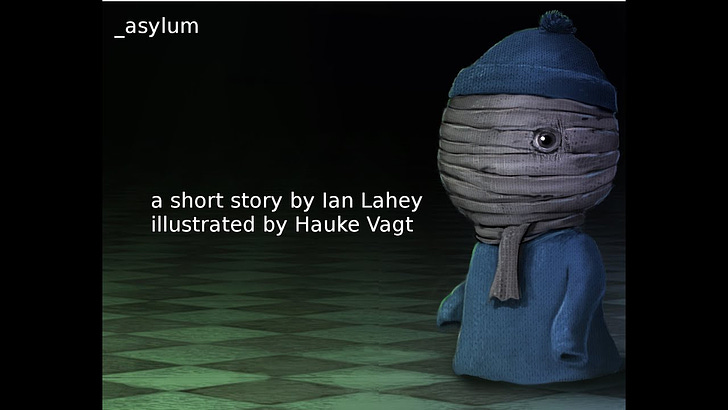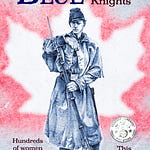My apologies to those who are getting this email more than once. The technology is fighting back on this one.
Today we feature Ian Lahey, the author of The 45th Nail, Crime and Prejudice, and To Cipher and to Sing—not to mention many, many short stories. He has also written a children’s book, and the audio clip from our recent podcast, recounts the birth of that book.
This is Ian reading his children’s book, Asylum.
Ian’s take on the creative process is more active than most. He was the first author to tell me that the story birthed itself and demanded to be told, but he is in good company when he says the characters sometimes take the helm and steer the story. In fact, I have yet to talk to an author who says their characters have never surprised them.
Ian’s author page will link you to his books, many of his stories, and his blog. These are just my favorites.
Every writer walks a unique path to creativity.
No two writers will describe the process of writing the same way, but they all agree on one thing: To be a writer, one must actually produce words. As Neil Gaiman says, “You sit down at the keyboard and you put one word after another until it’s done. It’s that easy, and that hard.”
Set aside a specific time to write. Put it in you calendar, and show up faithfully. Some writers decide how long they will write each day; others set a goal of X number of words per session. Notice that there is no mention of quality. You don’t have to produce a masterpiece—you only have to be consistent. Tell the story from beginning to end. That is where you must be most creative. If the story falters, keep writing and remember you can fix it later. My high school English teacher (back in the day before computers or word processors) told us over and over again that there was no such thing as good writing, only good rewriting. I later learned that he was only echoing such famous writers as Ernest Hemingway and Robert Graves.
While you write, do not neglect your craft. One of the magical things about being a writer is that you can always learn more. There are so many aspects of writing that you can always find something new around the corner.
Grammar is important. Learn where to use commas, when to capitalize mom and dad, and what about lay and lie? No one will take you seriously as a writer if you misuse punctuation or throw in fancy words that don’t quite fit. Do the best you can and then find a good editor.
Characters make or break a story. If your characters aren’t strong enough to bang on your head to let them out, read some articles about writing strong characters. Pick and choose the tips and hints that suit your writing and your characters.
Does your dialogue sound natural? (Hint: read it aloud, or even better—get someone else to read it aloud to you.) Do all your characters sound alike? Can the reader tell who is speaking from their dialogue? It doesn’t have to be written in dialect to reflect different speech patterns, personality traits must be reflected in their speech.
Description must be enough for the reader to start an internal video, but not so much detail that readers who want to get to the next plot point will be tempted to skip paragraphs. Can you picture the scene from your words? Remember not to limit your description to visual aspects of the scene. What are the sounds? the smells?
The possible aspects of writing that you can focus on seem endless. The internet is an amazing resource. Explore and share your favorite finds with us. Email us with comments and questions at member@writingwomen.club
If you want to hear an in-depth interview with Ian and other authors featured in our newsletter, subscribe to our podcast.













Ian Lahey and the Creative Process